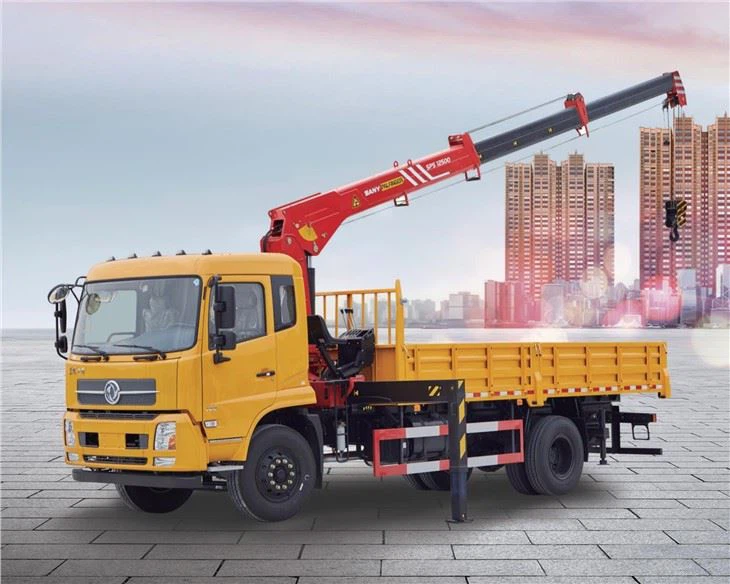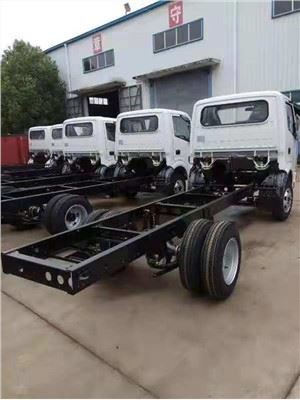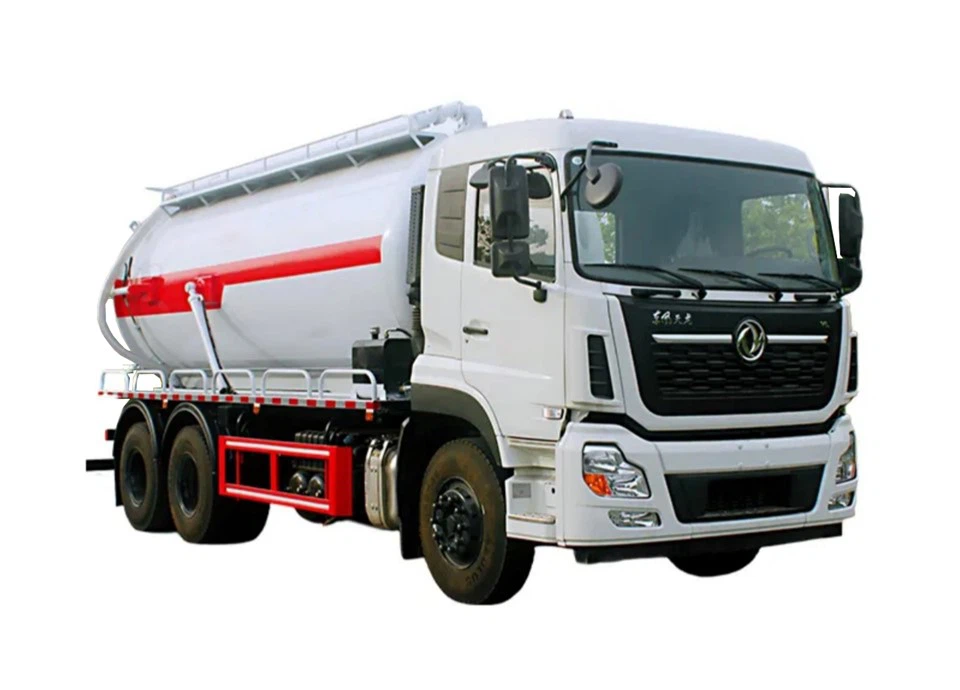Baler Trash: A Comprehensive Guide to Effective Waste Management

Introduction
As environmental concerns grow globally, efficient waste management has become essential in various industries. One of the solutions that help manage waste effectively is the baler. This article discusses baler trash, its types, applications, benefits, and how to choose the right baler for your waste management needs. Whether you are a business owner or a facility manager, understanding baler trash can significantly impact your operational efficiency and compliance with waste regulations.
What is Baler Trash?

Baler trash refers to the waste material that is processed through a baler machine. A baler compresses waste into compact bales, making it easier to handle, transport, and recycle. Different types of balers cater to various types of waste, including cardboard, plastics, metals, and more. By effectively managing baler trash, businesses can reduce landfill fees and improve their sustainability initiatives.
Types of Balers
Horizontal Balers
Horizontal balers are ideal for processing large volumes of waste. They feature a horizontal feed and can handle various waste materials, including cardboard, paper, and plastics.
Vertical Balers
Vertical balers are designed for smaller operations. They take up less floor space and are suitable for businesses that generate lower volumes of waste. These balers are commonly used for cardboard and plastic.
Automated Balers
Automated balers streamline the baling process by allowing users to feed waste automatically. This increases efficiency and minimizes manual labor.
Manual Balers
Manual balers require human interaction for operation. They can be a cost-effective solution for small businesses that do not produce large amounts of waste.
How Baler Trash is Generated
Baler trash can be generated from various industries, including retail, manufacturing, and food services. Common sources include:
- Retail Stores: Cardboard boxes, plastic bags, and packaging materials.
- Manufacturing Facilities: Scrap metals, plastics, and paper waste.
- Restaurants: Food packaging and container waste.
Benefits of Using a Baler
Enhanced Waste Management
Using a baler effectively reduces the volume of waste, making it easier to store and transport. This enhances overall waste management in a facility.
Cost Savings
Compacting waste into bales reduces disposal costs because it minimizes the space waste takes up in landfills. Some businesses may also earn money by recycling the materials.
Improved Recycling Rates
By using a baler, businesses can sort and separate materials for recycling more efficiently. This contributes to better recycling rates and promotes sustainability.
Illustrative Table of Cost Savings
| Waste Type | Volume Before Baling | Volume After Baling | Cost Savings |
|---|---|---|---|
| Cardboard | 1000 lbs | 200 lbs | $500 |
| Plastic | 800 lbs | 150 lbs | $300 |
Choosing the Right Baler for Your Needs
Assess Your Waste Volume
Understanding the amount and type of waste your business generates is crucial. Higher volumes often necessitate larger, more automated balers.
Consider Space Availability
Evaluate the available space in your facility. Vertical balers are more suitable for smaller spaces, whereas horizontal balers may require more room.
Evaluate Baling Materials
Consider what type of materials you will need to bale, as different balers are designed for specific types of waste. Knowing your materials will help in selecting the right machine.
Example Comparison of Balers Based on Materials
| Baler Type | Suitable Materials | Best For |
|---|---|---|
| Horizontal Baler | Cardboard, Plastic, Metal | High volume operations |
| Vertical Baler | Cardboard, Plastic | Small businesses or low volume |
Best Practices for Baler Trash Management
Regular Maintenance
To ensure longevity and reliability, schedule regular maintenance for your baler machine. This includes checking hydraulic systems, blades, and electrical components.
Proper Training
Train staff on how to operate the baler safely and efficiently. This minimizes accidents and maximizes productivity.

Sorting Waste Materials
Implement a strict sorting process for waste materials before baling. This can significantly improve recycling rates and product quality.
Common Myths About Baler Trash
Myth 1: Only Large Businesses Need Balers
Fact: Smaller businesses generating significant waste can benefit from balers as well, especially when it comes to sustainability goals and cost savings.
Myth 2: Baling Is Too Complicated
Fact: Modern balers are designed for ease of use, with many featuring automated systems and user-friendly controls.
Myth 3: Baled Waste Is Not Recyclable
Fact: Baled waste is often sorted and recycled. In fact, compacting waste can improve the efficiency of recycling processes.
Environmental Impact of Baler Trash

By reducing the volume of waste, balers play a significant role in lowering landfill waste. Contributing to recycling initiatives also helps decrease pollution and conserves natural resources.
Cost Considerations for Baler Investment
When investing in a baler, consider initial costs, maintenance, and potential savings from reduced waste disposal fees. Balers with higher efficiency may have a higher upfront cost but can lead to significant long-term savings.
FAQs
What types of waste can be processed with a baler?
A baler can process various types of waste, including cardboard, plastics, paper, metals, and even textiles, depending on the baler’s design.
How do I determine the right size baler for my operations?
Assess your waste volume, space availability, and type of materials being baled. Smaller businesses might prefer vertical balers, while larger operations may require horizontal balers.
What are the maintenance requirements for a baler?
Regular maintenance includes checking hydraulic systems, replacing worn-out parts, and ensuring proper lubrication. It’s advisable to follow the manufacturer’s guidelines for maintenance.
Is it necessary to sort waste before baling?
Yes, sorting waste before baling is crucial for maximizing recycling potential and ensuring the quality of the final recycled product.
Can I lease a baler instead of purchasing one?
Many companies offer baler leasing options, which can be a cost-effective solution for businesses that do not want to commit to purchasing equipment outright.
How does using a baler contribute to environmental sustainability?
Using a baler reduces landfill waste, promotes recycling, conserves resources, and lowers carbon footprints, all contributing significantly to environmental sustainability efforts.
